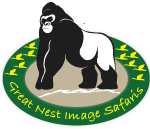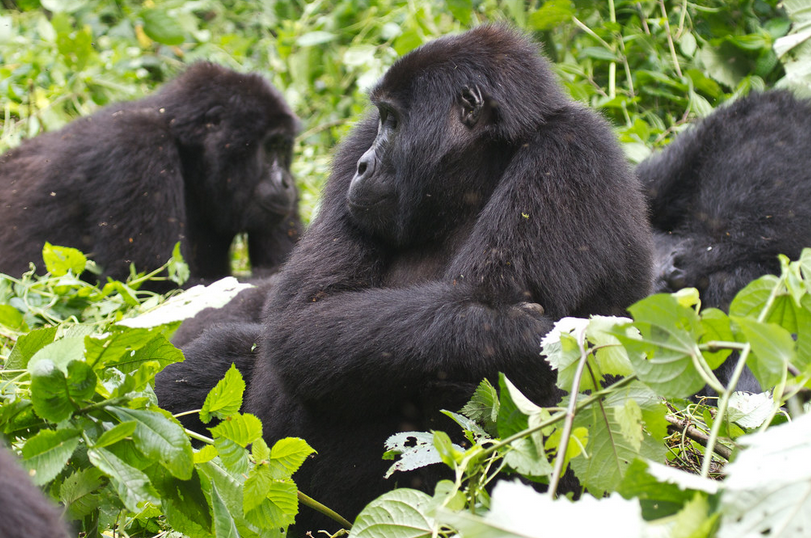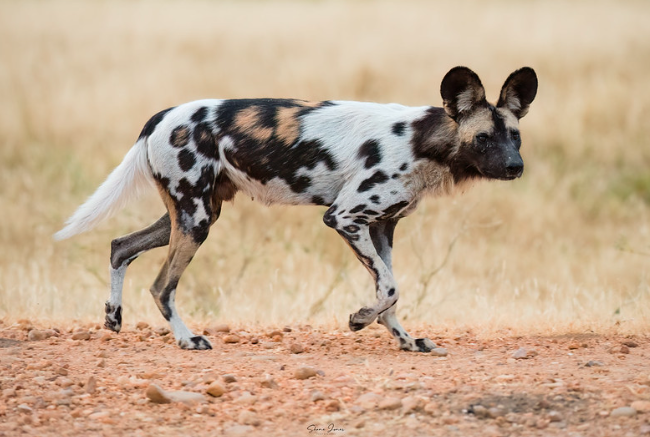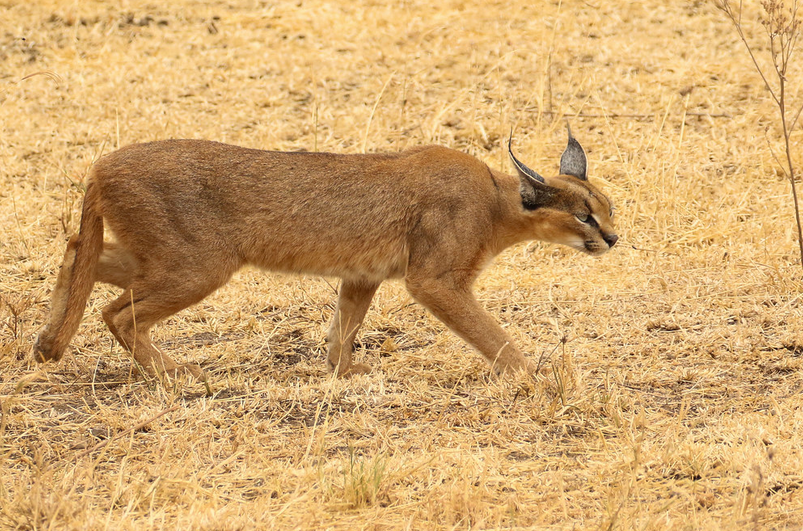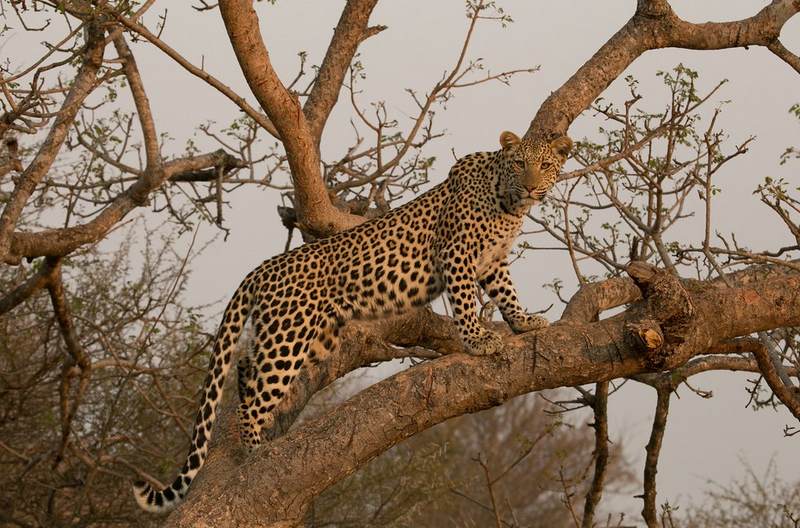kyambura wildlife reserve
Overview:
Kyambura Wildlife Reserve: is located in the south of Lake George, west of the Kyambura Gorge and east of Queen Elizabeth National park exactly where Kazinga channel also known as the hippos haven escapes from Lake George towards the direction of Lake Edward. The reserve was formed as the Kyambura controlled hunting area in the year 1962, and then upgraded to a game reserve status in the year 1965. During the 1980s, the southern area was colonized but these people were evicted in the year 1990 which led to land renting out to a private concessionaire known as zwilling. After the Uganda wildlife statute of 1996 changed the names of all game reserves to wildlife reserves, the reserve got its name “Kyambura Wildlife Reserve and the hunting concession was terminated in 1999 due to illegal hunting.
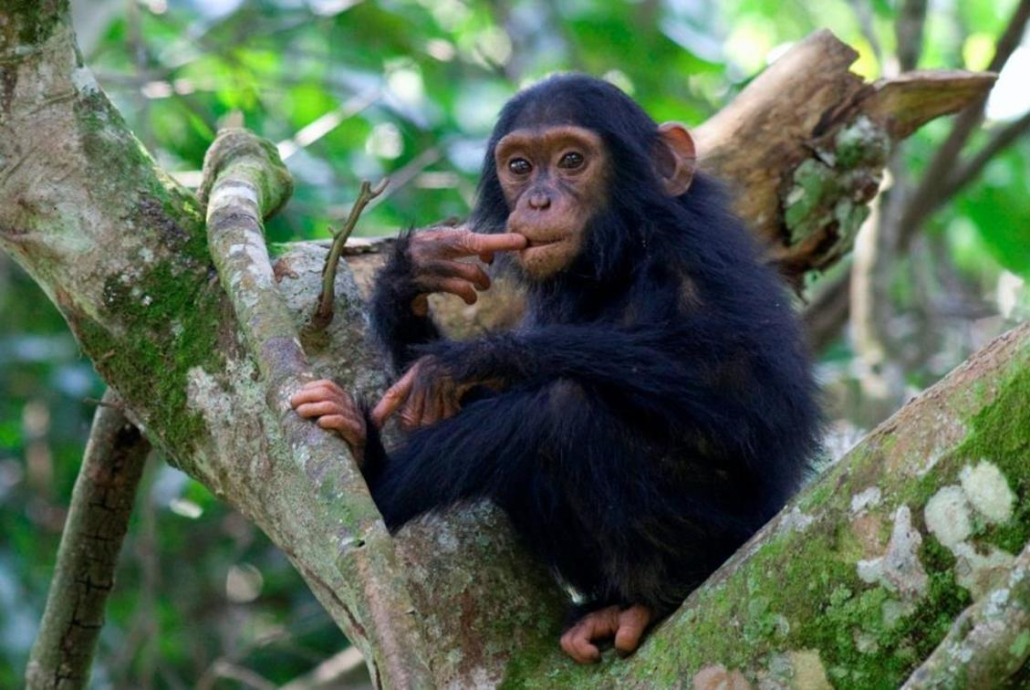
WILDLIFE RESERVE
What to do and see in Kyambura Wildlife Reserve
The area was formed to serve as a buffer zone to Queen Elizabeth National Park because during the dry season, the animals come and drink water from Kyambura gorge. The terrain is characterized by a number of swamps, small hills and about 10 crater lakes above the east wall of the western rift valley. Its boundary with Queen Elizabeth National Park is defined by the Kyambura River which flows into the Kazinga channel. It also contains deciduous thickets, cascading cliffs, arid savannah grasslands found in the upper escarpment and the Kyambura gorge forest which consists of tree canopies bordered by Kichwamba escarpments of the rift valley.
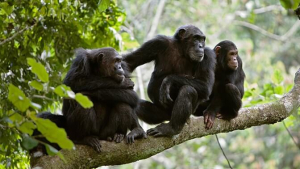
Kyambura is a sunken underground rainforest which can also be called the valley of apes due to it being a home to over 12 primate species for example, a high concentration of chimpanzees as well as other primates that are surviving in the forest vegetation such as olive baboons, red tailed monkey, grey cheeked mangabey, black and white colobus, blue monkeys, vervet monkeys, L’Hoest monkey among others. The chimpanzees in Kyambura gorge were isolated after the forests connecting it to larger forests like Kalinzu and Maramagambo were cleared, though the conservationists are worried that this could lead to inbreeding and mutations. Besides primates and birds in Kyambura wildlife reserve, tourists will also find some wild animals in this tropical forest such as the African forest elephants which are known for camouflaging with the environment so easily, the giant forest hogs and many others.
Activities carried out in Kyambura Wildlife Reserve
Chimpanzee tracking
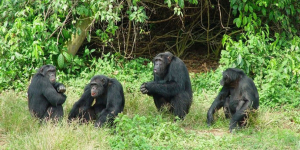
This is the main activity carried out in the wildlife reserve because the reserve is the best spot for tracking the chimpanzees in Queen Elizabeth National Park. Most of the chimpanzees in the gorge have been habituated meaning they are used and familiar with human beings to the reality that they can freely do their activities in the presence of people. Upon locating the community, you will be allowed to spend one hour with the chimpanzees in their natural habitat as you learn more about their habits, behavior, feeding, see them breastfeeding, playing with each other and more. These habituated chimpanzees will climb down closer to people because they are trained to be in the presence of human beings which will give you an insight to take close and clear pictures and videos to take back home for memories of the safari. However, this activity will require a chimpanzee permit and only physically fit tourists because there is hiking deep in the forest in search for the chimpanzee community. You will also come across other primates like the red tailed monkey, blue monkey, red colobus, black and white colobus vervet monkeys, olive baboons and different bird species.
Birding
Kyambura wildlife reserve is a home to various forest birds in the verdant rainforest trees. Upon visiting this fascinating reserve, you will sight a number of birds which include; the martial eagle, fly catcher, falcon, bar-tailed godwit, black-rumped buttonquail, rare shoebill, African fin foot, flamingo, African skimmer, turacos, sunbirds, hornbills, bee-eaters, pigeons and much more.
Guided nature walks
With the guidance of the knowledgeable ranger, this offers you the opportunity to encounter the flora and fauna hidden within the hearts of the reserve. You will come across primates such as the red colobus, olive baboons, black and white colobus, red tailed monkey, blue monkey and bird species such as the falcons, greater flamingoes, hamerkops, herons, sunbirds, egrets, turacos, hornbills, nightjars, African skimmer, papyrus canary, pick backed pelican, white winged warbler, white tailed lark, African broadbill, papyrus gonolek, corncrake among others.
Best time to visit
Kyambura wildlife reserve can be visited anytime of the year due to its fascinating biodiversity. The best time to visit is during the dry seasons in the months of June to September and December to February. This is also known as the peak season and during this time, there is little amount of rainfall received making the forest trails for chimpanzee tracking, birding and guided nature walks be passable compared to the wet seasons in the months of March to May and October to November when the forest receives heavy rainfall which makes the forest trails slippery, wet and muddy. However, the wet season also known as the low season is ideal for bird watching because there will be plenty of fruits for both the migratory and resident bird species.
How to get there
By road; Kyambura wildlife reserve can be accessed using the Kampala-Masaka-Mbarara route which is approximately 420 kilometers. You can also access it from Kampala via Fort portal which is approximately 410 kilometers.
By flight; you can also access the reserve by use of charter flights from Kajjansi airstrip to the Mweya airstrip which in the heart of Queen Elizabeth National Park.
Below are some of our tours to different destinations in the Country
1 Day Chimpanzee Ngamba Island Tour
1 Day Source of the Nile Jinja
2 Days Murchison falls national park
3 Days Lake Mburo national park safari
3 Days Murchison falls national park
3 Days Queen Elizabeth national park
4 Days Kidepo savannah wildlife safari
5 Days Queen & Bwindi Adventure safari
6 Days Uganda wildlife & primate safari
7 Days Uganda Adventure Safari
8 Days Gorilla & Wildlife safari
10 Days Gorilla & Adventure safari
Request a Quote
Featured Tour Updates
Permit cost for gorilla trekking in Uganda
Permit cost for gorilla trekking in Uganda Permit cost for gorilla trekking in Uganda : Gorilla trekking is one...
The African Wild Dog
The African Wild Dog The African wild dog: (Lycaon pictus) also known as the African painted dog or Cape...
The Caracal (Felis caracal)
The Caracal (Felis caracal) The Caracal (Felis caracal): is a medium-sized wild cat that can run up to 50...
African Leopards (Panthera pardus)
African Leopards (Panthera pardus) African Leopards (Panthera pardus) : are one of the most feared but respected animals in...

